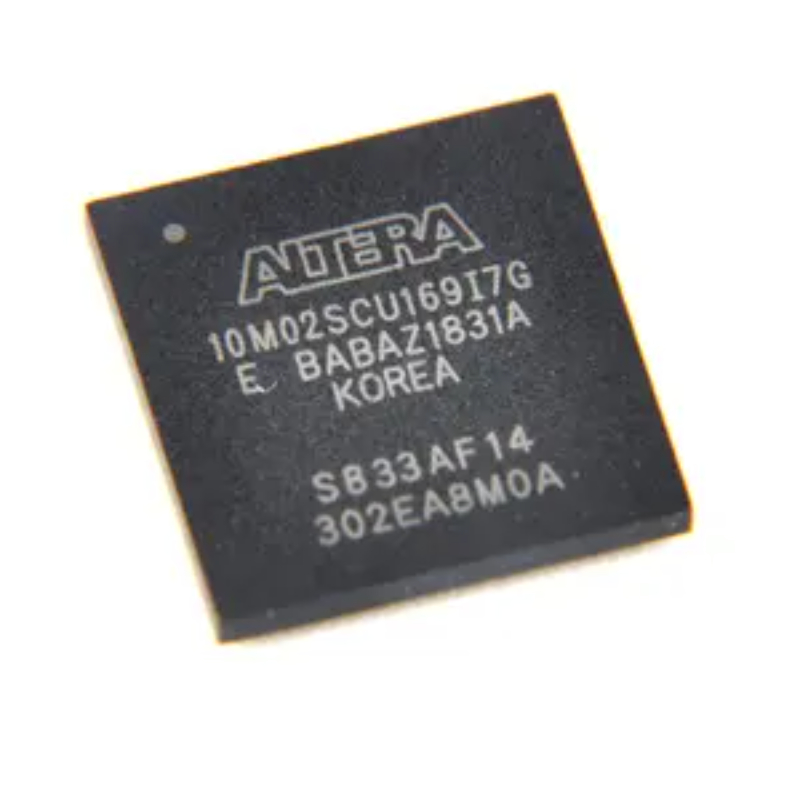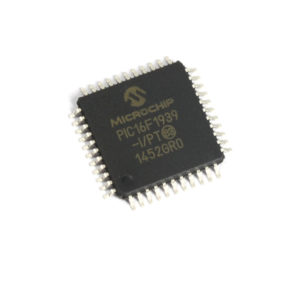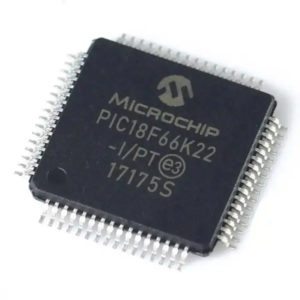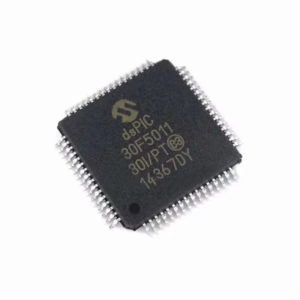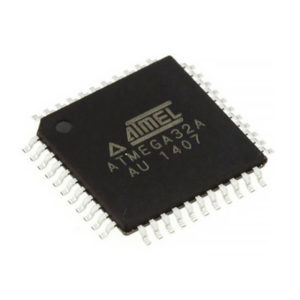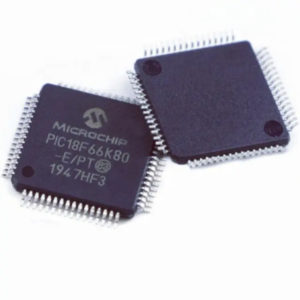10M02SCU169I7G
| Manufacturer | Altera |
| Description | IC FPGA 130 I/O 169UBGA |
| Category | Integrated Circuit |
| Package | BGA-169 |
| Status | New & original |
| Ship From | HK/SHENZHEN |
| Stocks | 10,000 |
Please submit your BOM List or Input the part online
Description
The 10M02SCU169I7G is an FPGA (Field-Programmable Gate Array) device from Intel (formerly Altera). It belongs to the MAX 10 series of FPGAs, which are designed for low-cost and low-power applications. FPGAs are programmable integrated circuits that can perform various digital logic functions, offering flexibility for a wide range of applications.
The 10M02SCU169I7G FPGA features 2,368 logic elements (LEs) and comes in a 169-pin UBGA (Ultra Ball Grid Array) package. It provides programmable logic resources, embedded memory blocks, and digital signal processing (DSP) blocks that can be configured and interconnected to implement complex digital circuits.
This FPGA can be applied in various fields, including but not limited to:
1. Industrial automation: FPGAs are commonly used in industrial automation systems for tasks such as control and monitoring of manufacturing processes, robotics, and sensor interfacing.
2. Internet of Things (IoT): FPGAs can be employed in IoT applications for sensor data processing, edge computing, and connectivity functions.
3. Communications: FPGAs are utilized in telecommunications and networking equipment for tasks such as packet processing, protocol handling, and high-speed data transmission.
4. Embedded systems: FPGAs can be integrated into embedded systems to provide custom hardware acceleration, real-time processing, and interface control.
5. Automotive electronics: FPGAs are used in automotive applications for functions like advanced driver assistance systems (ADAS), infotainment systems, and motor control.
6. Medical devices: FPGAs find applications in medical equipment for tasks such as image processing, signal analysis, and control systems.
7. Aerospace and defense: FPGAs are employed in aerospace and defense systems for tasks such as radar processing, avionics, communication systems, and encryption.
These are just a few examples of the potential applications for the 10M02SCU169I7G FPGA. The specific usage will depend on the requirements of the design or system being developed. For detailed information on the 10M02SCU169I7G, including its features, capabilities, and design considerations, I recommend referring to the official documentation, datasheets, and application notes provided by Intel or contacting their technical support for the most up-to-date information.



















































